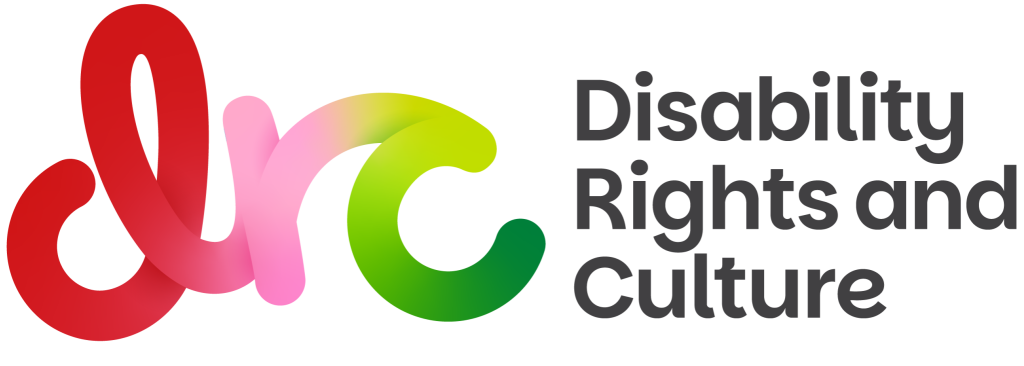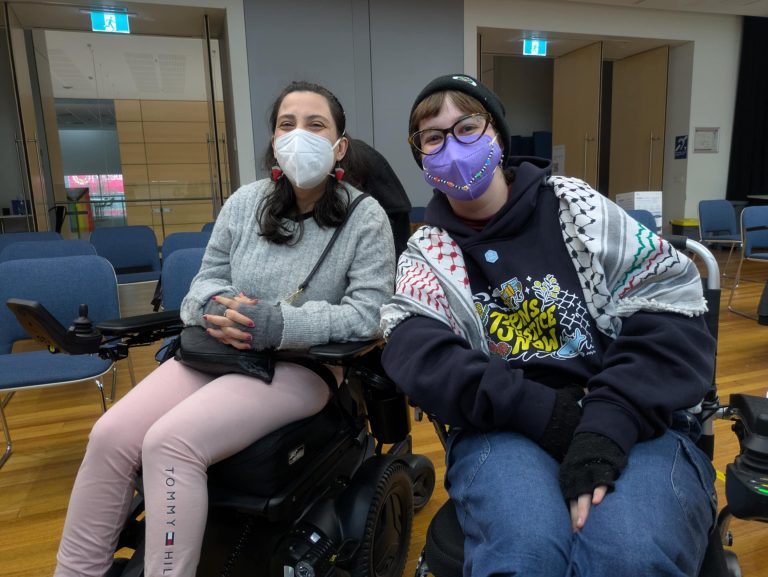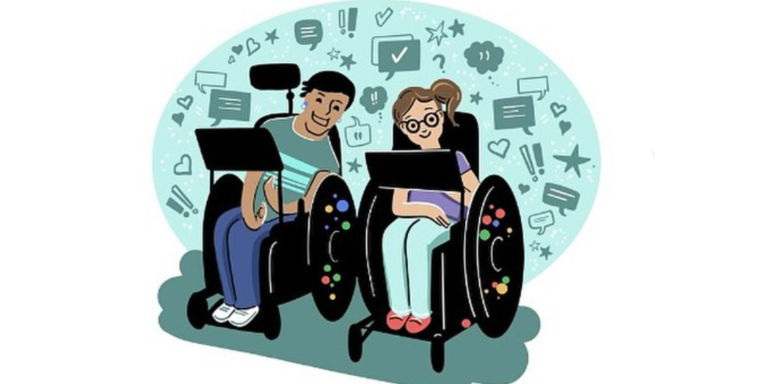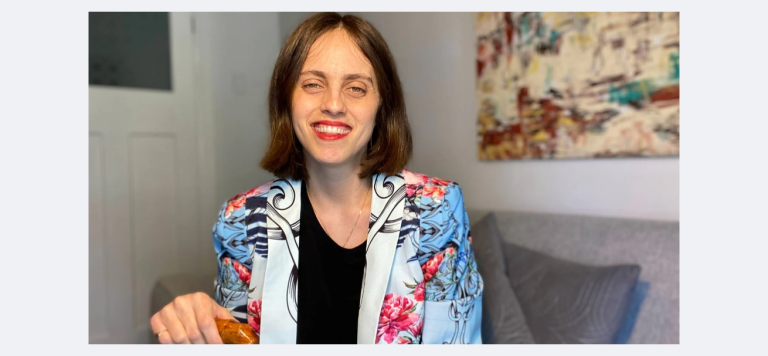For most people, the COVID-19 pandemic is “over”. But as one of the over 400 million people globally suffering from long COVID, I can tell you it’s definitely not over.
The end of the lockdowns and the resumption of “normal life” marked the beginning of a far-worse public health crisis: long COVID. I’ve had long COVID for more than three years now and I’ve never felt more alienated from mainstream society, not even when I was locked in my one-bedroom apartment by myself and could only leave for one hour per day.
In a truly dystopian twist, one many people with disability will be familiar with, back in 2022, everyone else went back to “normal”. Whereas I and many others, have to grapple with the risk of infection every day, putting us in pseudo-lockdown, segregated from the rest of society (something else the disability community is acutely impacted by).
When I do go out these days I have to calculate the risks: what the current COVID levels are, will other people be masking (unlikely), how many people are attending, is it indoors, how’s the air filtration etc. It is bloody exhausting being an unwilling mathematician, while everyone around me ignores the risks. We need a real public health response to this ongoing pandemic now, so people like myself and others can be safer in society, and know that we are taking a deadly virus seriously.
What is long COVID and who is at risk?
For anyone not familiar with long COVID, it is an umbrella term that really helps us to understand anybody who’s having persistent symptoms after their initial COVID-19 infection. You can develop long COVID from even a mild infection with no pre-existing conditions, and there is a cumulative risk of developing Long COVID from repeat acute infections. This means the more you catch COVID the more likely you are to develop long COVID, and in a world where governments have abdicated their public health responsibilities, there is a very real chance that the majority of people will develop long COVID over time.
Despite doctors dismissing long COVID, research has now shown that long COVID has similar impacts to a stroke or Parkinson’s. There are profound limitations on our lives as a result of this virus being allowed to run loose. Other research has now shown in the US it is the most common chronic health issue in children, overtaking asthma. It is likely that despite our initial strong public health response, that we are only a few years behind this cumulating crisis.
Why acute COVID is also huge risk
Despite many public health officials also downplaying the risk of an acute COVID infection, the research is piling up showing the exact opposite. It can reawaken dormant cancer cells, is linked to Alzheimer’s and osteoporosis, and scientists are beginning to come to the conclusion that it causes immune system dysregulation, making you more susceptible to other viruses.
And to make matters worse, you can also experience asymptomatic infections (around 30% of omicron infections were found to be asymptomatic). It can cause damage and you may never even know that the damage came from a COVID infection.
The pandemic has taught us so much: we must heed these lessons and not bury our heads in the sand about the mass disablement and damage that COVID is causing.
Prevention should remain the critical focus point
I am incredibly proud to be part of the disability community. I am constantly astonished by the considerate community care that we show each other and the recognition that we as humans need to be interdependent with each other. But I do not wish anyone to join our club because of the failure of public health and of our government’s inaction on COVID.
We need to put COVID-19 prevention back on the agenda. We need to be calling for indoor air quality standards, testing of Ultraviolet-c (UVC) technology in our hospitals (if you’re not familiar, it basically can zap viruses out of the air), aged care facilities and schools, masking in all public health settings and better access to inclusive vaccines for those unable to tolerate mRNA vaccinations.
I would also like to shout out the community-led organisations like COVID mask blocs, who have popped up across the world in response to the failures of governments to protect us from COVID. They are made up largely of disabled people, who are doing the work giving out masks and tests, information about COVID, and supporting COVID-safe events. They even supported during the Los Angeles wildfires when they saw a gap in the government response and got to supplying masks to protect people from smoke inhalation.
Tips for navigating a world with COVID-19
If this blog has prompted you to think more about protecting yourself and others (in lieu of government action) then here are some helpful tips:
- Wear an n95 mask in public, particularly in public health settings, on transport, in pharmacies and grocery shopping.
- If you can afford to do so, consider investing in a HEPA air filter in your home to make entertaining others safer. Encourage your workplace to do so as well, and get your unions to think about workplace safety from COVID!
- If you do get symptoms, test regularly (once is not enough to say it’s not COVID), with a RAT or better a PCR if you can get a GP to give you a referral, and quarantine. If you’re eligible, get access to antivirals ASAP to reduce the risk of the acute infection
- Connect with community: if you’re interested in connecting with the disability and long COVID community check out your local Mask Blocs. They are probably in need of more volunteers distributing much-needed protections in the community. Try going to COVID-safe events and connect with others online (honestly Twitter might be a bin fire site, but I have found a lot of solidarity online)
Want to connect with other disabled people? Join the our free disability-led community, Belong. Interested in writing for our blog? Contact Zoe@drc.org.au
As a proud disabled queer woman, Kelly Fawcett (she/her) is passionate about disability justice and ensuring that people with disability are included in all social justice movements. Kelly is a policy professional who has worked in not-for-profits for the past decade across disability policy, family violence, youth and aged care. Prior to her current role in disability policy, Kelly worked at the critical policy intersection of disability and family violence, leading a groundbreaking project that mapped the need for family violence services in Victoria and the capacity of services to meet those needs. She is passionate about working alongside people with lived experience in advocating for solutions. Kelly has also worked with victim survivors of sexual violence including with Teach Us Consent on their consent education campaign.
Kelly’s greatest love (besides her beautiful girlfriend) is her lockdown puppy Augie, who has brightened up her home world. He is a black cavoodle with the usual lockdown puppy separation anxiety (or maybe that’s Kelly).
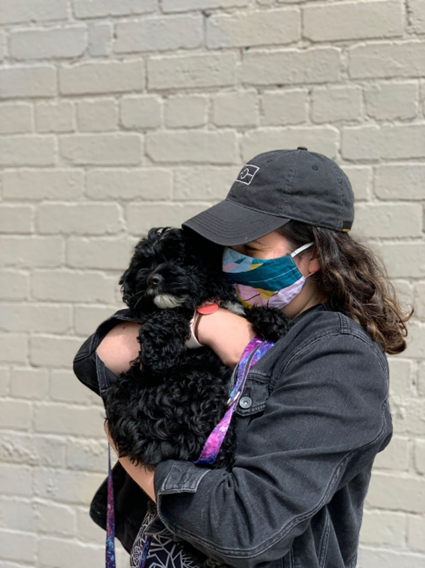
Pictured: Kelly, a white woman, in 2021 wearing a patterned cloth face mask, a black cap with the Aboriginal flag outlined and holding her sweet lockdown puppy Augie who is a black cavoodle
